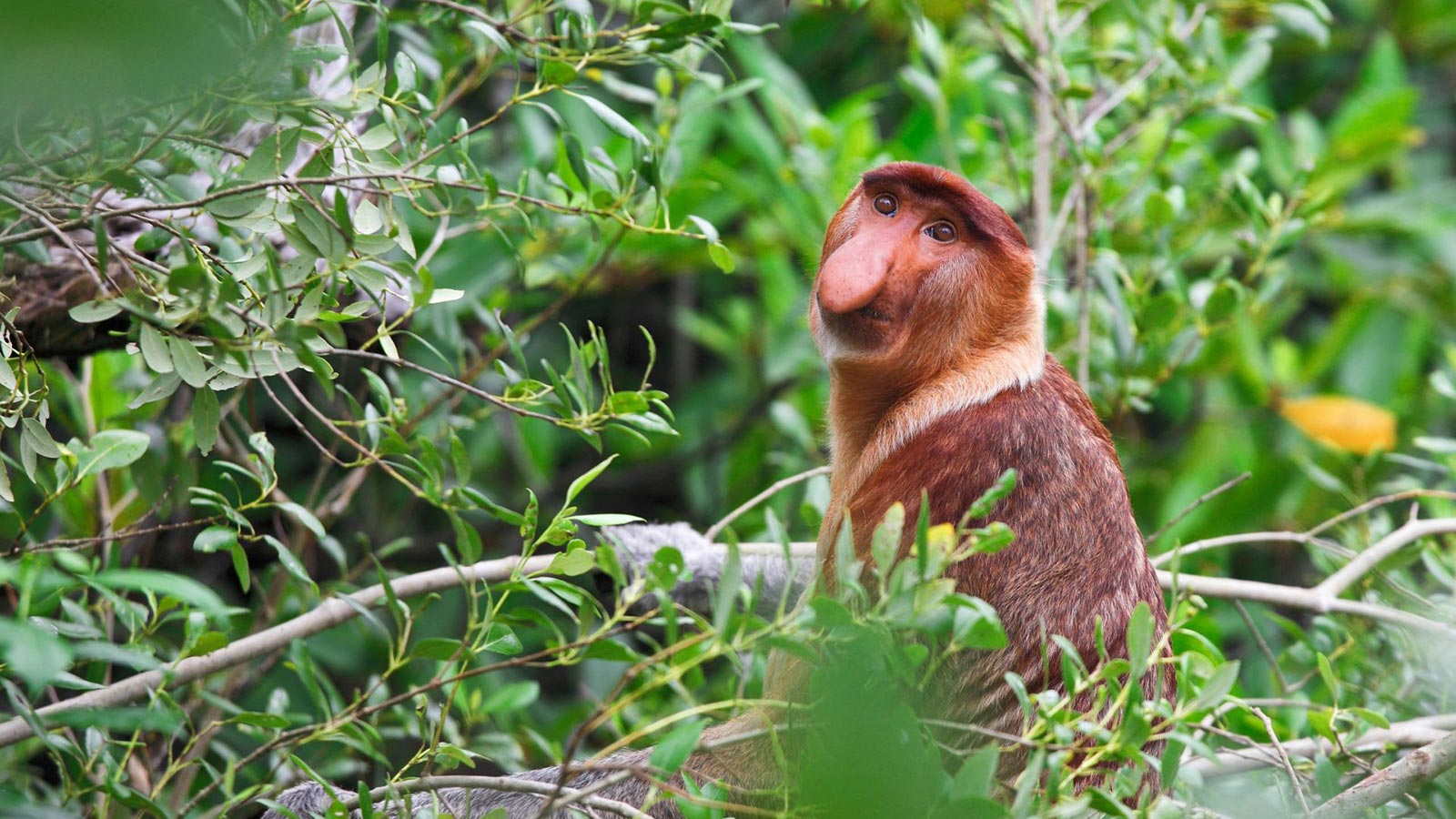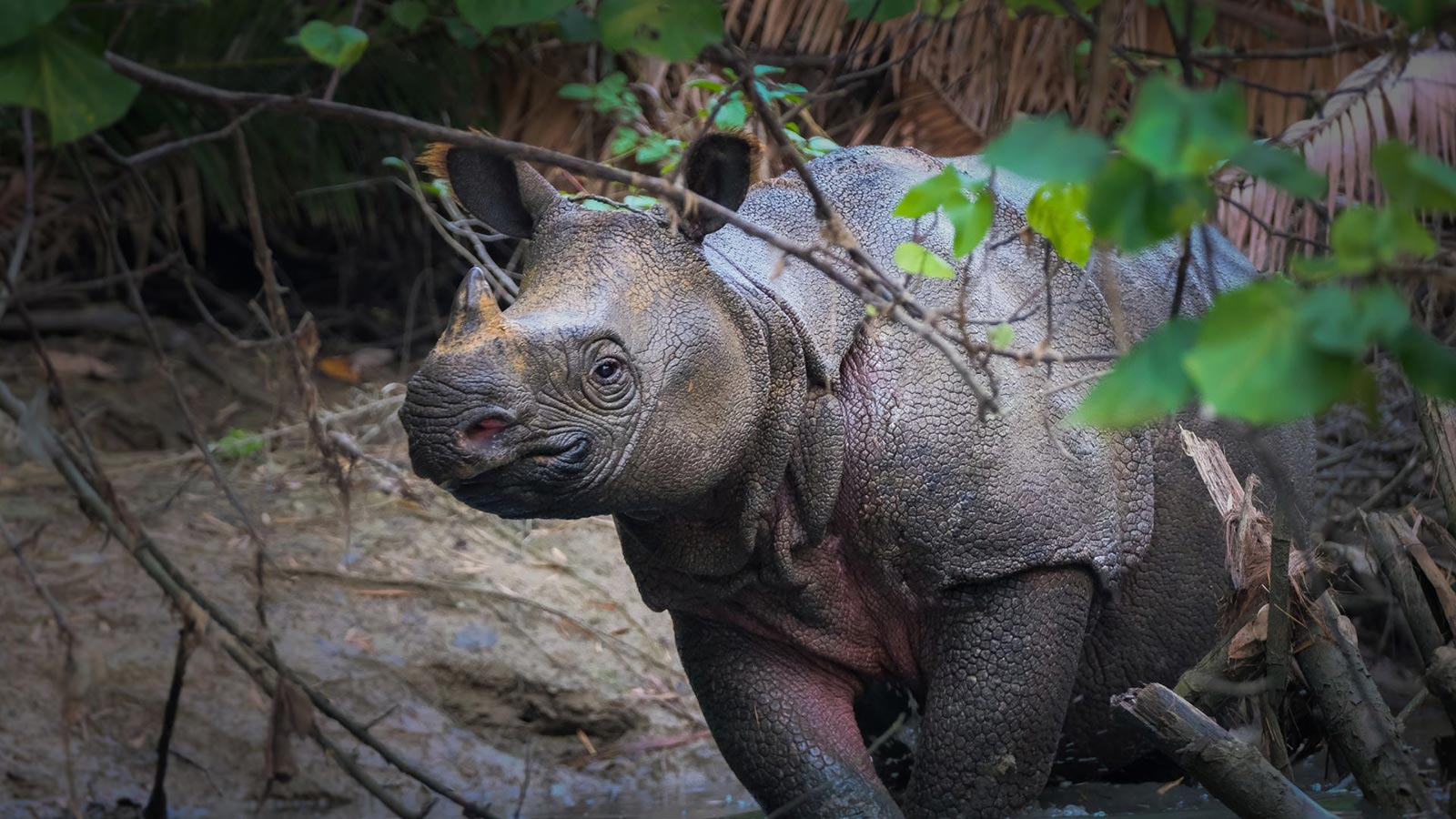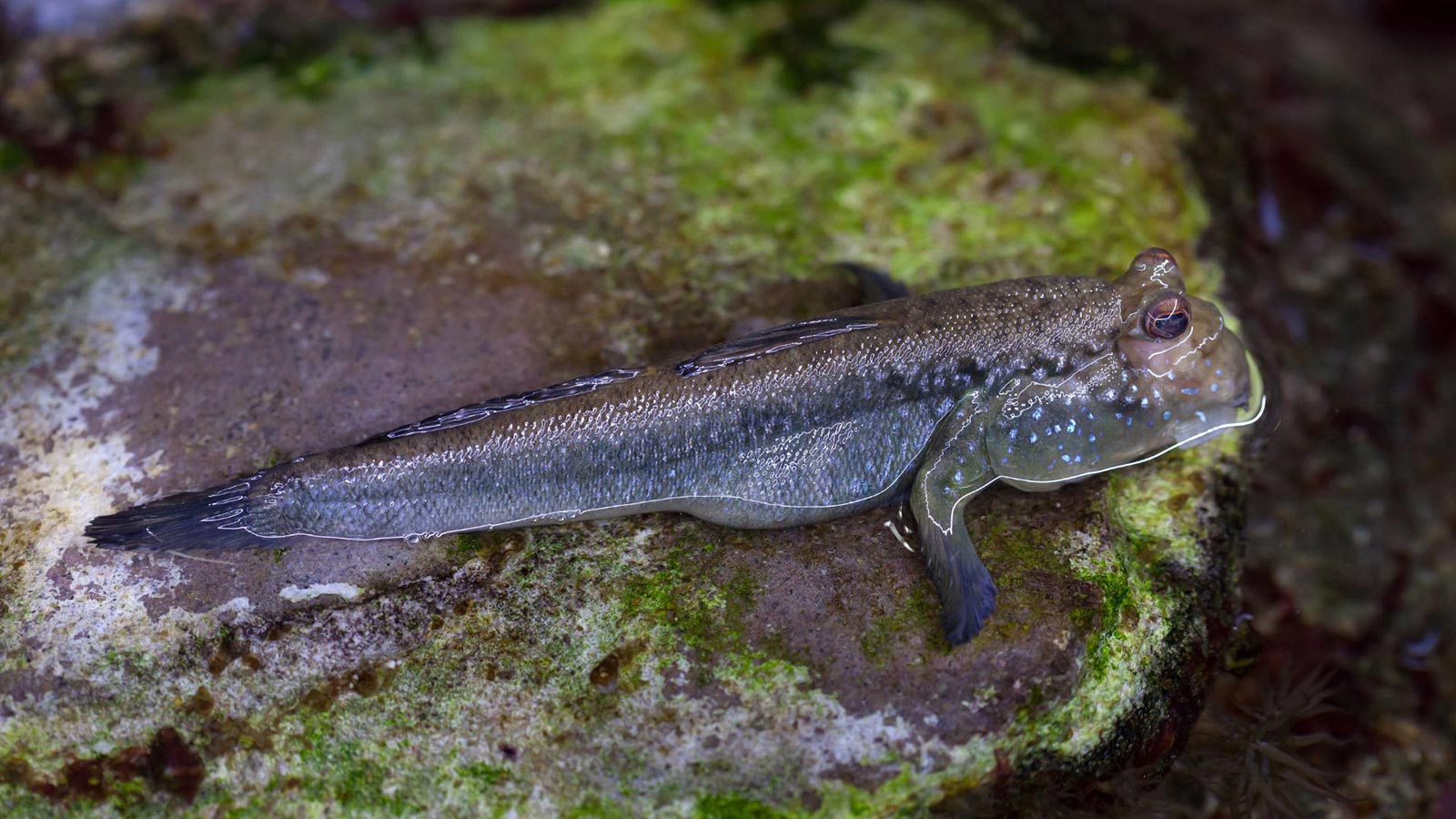
Preserving forests
Borneo-Mekong Basin
They are rarely mentioned, but the tropical forests of the South-East Asian Basin are the 3rd largest forest basin in the world. It stretches from the Mekong basin (China, Burma, Laos, Thailand, Vietnam and Cambodia) to the island of Borneo.
Southeast Asia’s forests in figures

680 millions
inhabitants in 2021, making it the most densely populated basin in France

6%
Borneo accounts for 6% of terrestrial biodiversity, with 15,000 plants, 6,000 of which are endemic.

25%
of the world’s mangroves are still found in Indonesia

80 millions
hectares of forest lost between 2005 and 2015, only around 270 million hectares remain.
Pressure on Asia’s forests
Historically, the whole of Indonesia and its 17,000 islands were virtually covered in forest. But since 1967, the exploitation of raw timber and plywood, the boom in the paper industry, urbanisation and the spread of oil palm and aquaculture have reduced the country’s forest cover by at least half.
Deforestation accounts for almost 80% of the country’s total greenhouse gas emissions, making Indonesia the 3rd biggest polluter after China and the United States. The government has made strong commitments, but these are coming up against the realities of this country of almost 280 million inhabitants.
Planète Urgence’s actions in South-East Asia
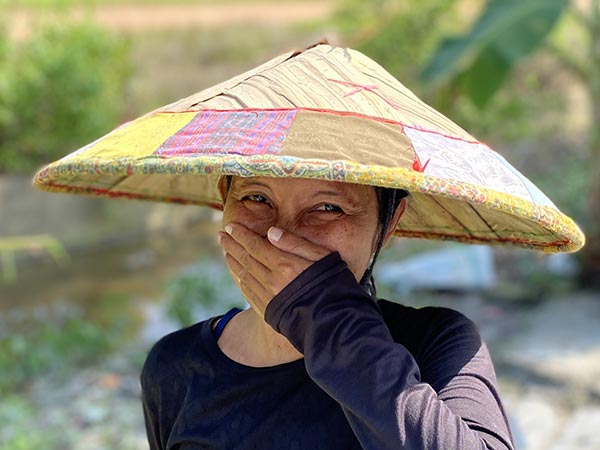
Stronger forestry players
In Cambodia and Indonesia, Planète Urgence supports dozens of actors to make them more resilient and enable them to increase their impact on forests.
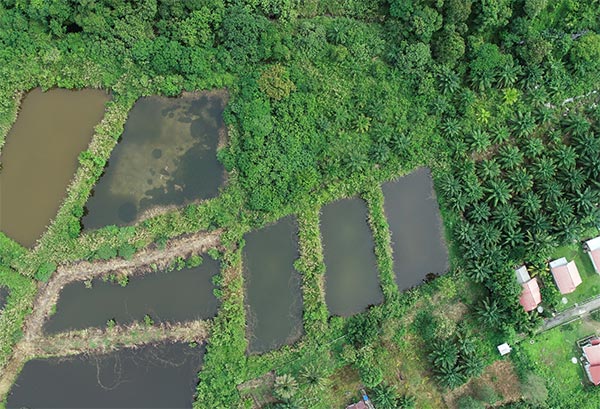
More sustainable fish farms
Planète Urgence supports sustainable aquaculture, village by village, in order to change practices in Indonesia while paying particular attention to local biodiversity.
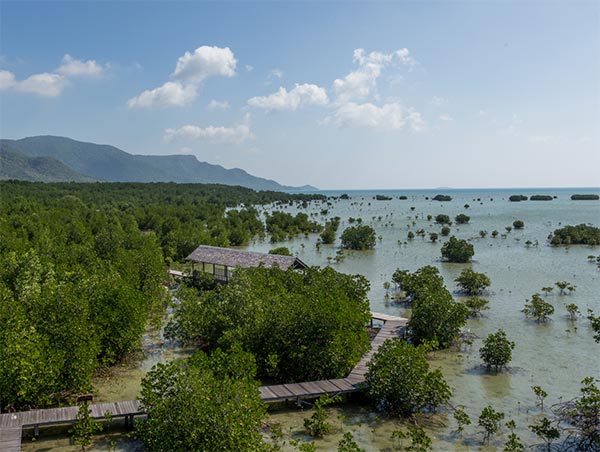
Barriers against tsunamis
In Java, there is a high risk of tsunamis, and villages along the coast are subject to increasingly frequent flooding. There is therefore an urgent need to support the resilience of local players by restoring mangroves in coastal areas and near rivers, while developing local economic capacities and awareness.
To find out more : mangrove, preserving and restoring forests and biodiversity, our projects
